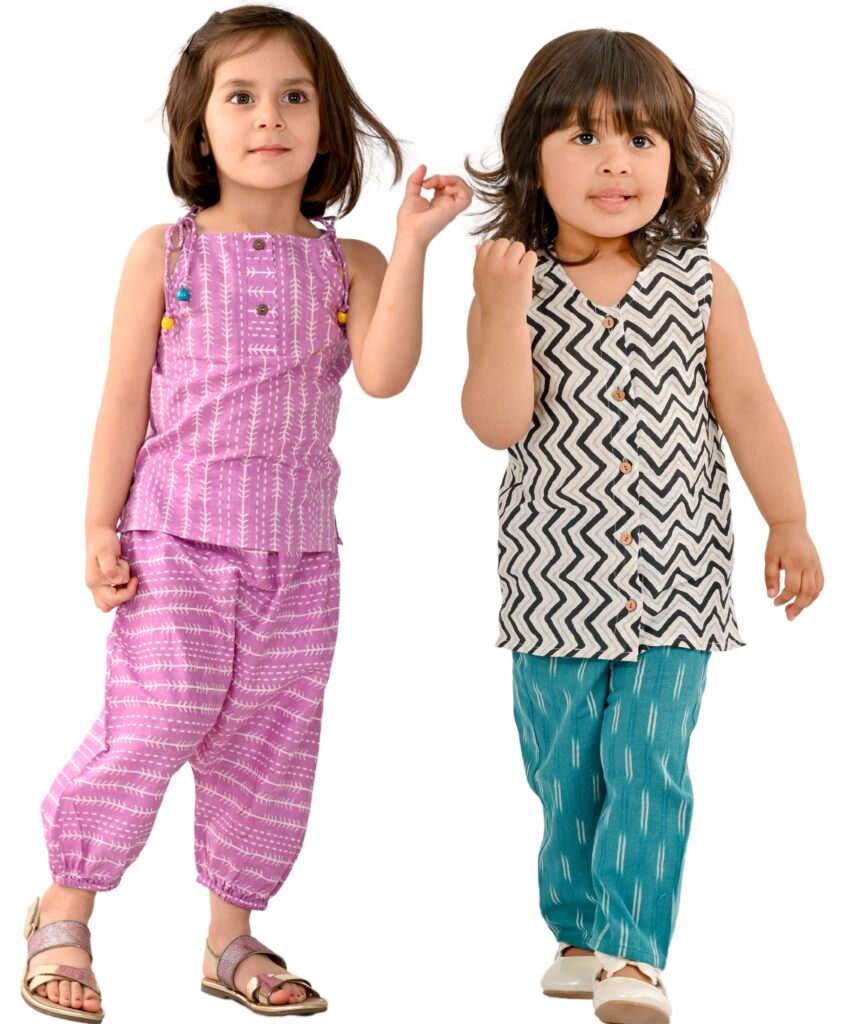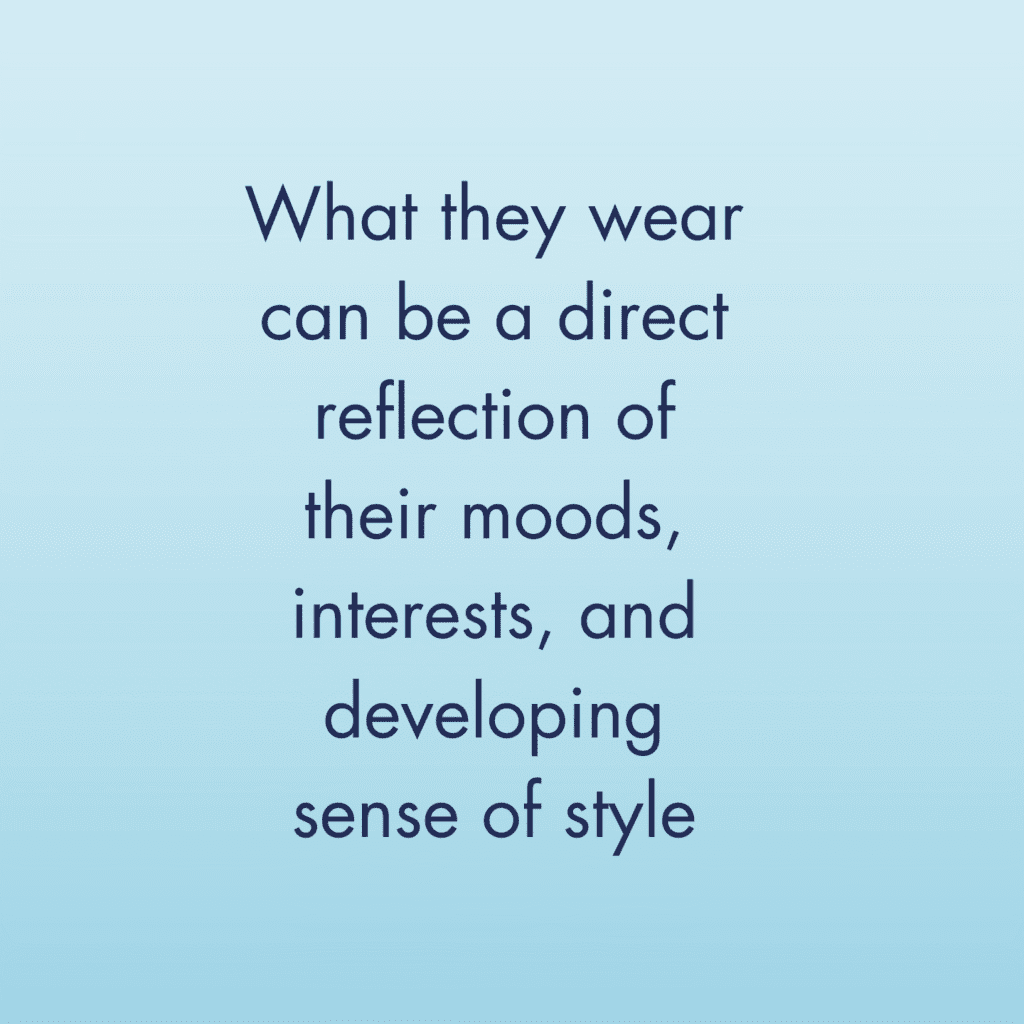Dressing a toddler can sometimes feel frustrating—one wrong fabric, tag, or fit, and the day begins with tears, protests, or a full-blown meltdown. For parents, toddler tantrums triggered by uncomfortable clothing are more common than they’d like, and managing these emotional outbursts becomes a delicate balancing act between empathy and practicality.

👉Understanding the Triggers
Toddlers are extremely sensitive to their environment, and this includes how clothing feels on their skin. A scratchy label, stiff fabric, tight waistline, or even the wrong kind of seam can be unbearable for them. Since many toddlers are still developing the vocabulary to express discomfort clearly, they often respond with crying, screaming, or refusing to get dressed—leaving parents puzzled until they connect the dots.
👉The Morning Battle: When Getting Dressed Feels Like a War
Parents often share stories of their toddler refusing to wear a new outfit bought with excitement, simply because it feels “wrong.” Mornings can quickly become battlegrounds where children resist being dressed, strip off their clothes, or throw them across the room. In these moments, many parents shift from insisting to observing—checking for tags, adjusting fits, and realizing that their child isn’t being difficult but trying to communicate discomfort.
👉Empathy First, Then Strategy
One of the first ways parents effectively manage such tantrums is through empathy. Instead of dismissing the reaction as drama, they validate their child’s feelings: “I understand that this feels itchy” or “Let’s try something else that feels soft.” This not only soothes the child emotionally but also builds trust and teaches self-awareness.
👉Trial, Error, and Comfort-First Choices
Many parents soon find themselves becoming fabric technicians and fit specialists. They start favoring tagless clothing, soft cotton materials, stretchy waistbands, and easy-to-wear designs. Brands that prioritize comfort, gentle seams, and breathable fabrics become go-to choices. Some even allow their child to be part of the process, letting them choose between two options to give them a sense of control.
👉Teaching While Tending
Moments of distress over clothing can also become learning opportunities. Parents often use these times to help toddlers understand and verbalize what bothers them. Phrases like “Does it feel tight here?” or “Is the tag poking you?” empower children to communicate discomfort more clearly over time, reducing the frequency and intensity of future tantrums.
👉Building a Wardrobe with Peace in Mind
Eventually, most parents learn that fewer, more comfortable clothes are better than drawers full of items that never get worn. Parents build wardrobes around comfort essentials—breathable shirts, soft pajamas, roomy pants, and fuss-free dresses. These items not only reduce tantrums but also let toddlers move freely, play joyfully, and feel at ease in their own little world.
Clothing-triggered tantrums in toddlers may test a parent’s patience, but they also open the door to deeper understanding. By tuning in, adjusting, and prioritizing comfort over appearance, parents not only ease the daily dressing routine but also nurture emotionally aware and comfort-conscious children. Because when toddlers are wrapped in clothes that feel good, they’re not just dressed—they’re happy, calm, and ready to take on the world.

